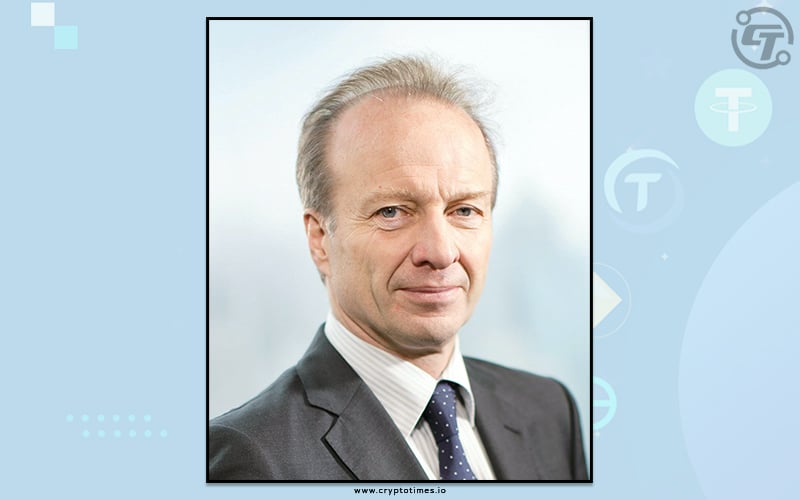In Brief:
- BIS and IOSCO directed Stablecoin operators to comply with International standards for payments
- A Stablecoin operator must set up a legal entity that defines how it is governed.
Recently there has been a question regarding the functions of the Stablecoins. Taking cognizance of the matter, BIS and IOSCO directed Stablecoin operators to comply with International standards for payments.
IOSCO, the world’s securities regulator, and the Bank for International Settlements (BIS), a global forum for central banks, set out Wednesday how current rules for major clearing, settlement, and payments services should also be applied to ‘systemic’ or heavily used stablecoins.
After public consultation, the proposals will be finalized early next year, putting into practice a demand that regulators have long made: the same rules for the same types of businesses and risks that go along with them.
Under the rules, a stablecoin operator must set up a legal entity that defines how it is governed and manages operational risks, such as cyber attacks.
In order to be affiliated with IOSCO and the BIS, countries allowing stablecoins would need to comply with these principles.
Stablecoin is a cryptocurrency designed to have a stable value relative to traditional currency or a commodity such as gold, thereby avoiding the volatility associated with bitcoin and other digital tokens.
Market capitalization for Tether, the largest stablecoin, is around $68 billion, up from $15 billion a year ago, and USD Coin’s value has also risen dramatically to over $30 billion from $2.7 billion.
Many countries and financial regulatory authorities are trying to regulate the Stablecoins & their issuers. Recently, the Biden administration also announced that they are looking for ways to impose bank-like regulations on Stablecoin companies.






